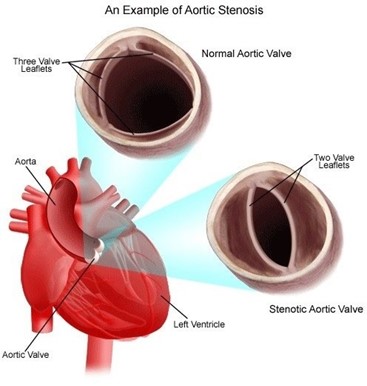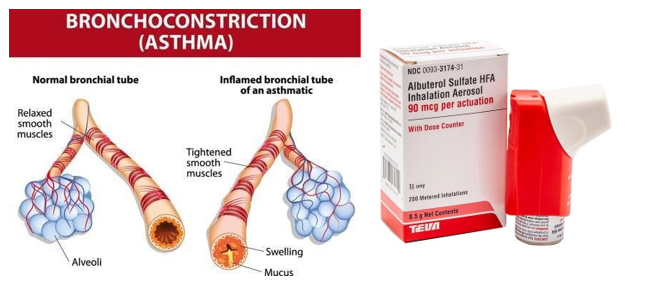The nurse is caring for an infant who was recently diagnosed with a congenital heart defect.
Which assessment finding is most important for the nurse to report to the healthcare provider?
Audible heart murmur.
Heart rate of 162 beats/minute.
Poor oral intake and suckling effort.
Weight gain of 2.2 lbs. (1 kg) in the last 48 hours.
The Correct Answer is C
Infants with congenital heart defects may have difficulty with feeding due to increased effort required to breathe and feed at the same time. This can lead to poor weight gain and dehydration. Thus, it is important for the nurse to report any signs of poor feeding or oral intake to the healthcare provider. While audible heart murmur (choice A) and a high heart rate (choice B) are expected findings in infants with congenital heart defects, they do not necessarily indicate a need for immediate intervention. Weight gain of 2.2 lbs. (1 kg) in the last 48 hours (choice D) may actually be a positive finding in an infant with a congenital heart defect, but it is not as important to report as poor oral intake and suckling effort.

Nursing Test Bank
Naxlex Comprehensive Predictor Exams
Related Questions
Correct Answer is B
Explanation
The American Academy of Pediatrics (AAP) and the Centers for Disease Control and Prevention (CDC) recommend that the first dose of MMR vaccine be given at 12-15 months of age.
A. 6 months is too early for the MMR vaccine.
D. 2 months is also too early for the MMR vaccine.
C. 24 months is slightly beyond the recommended range for the first dose of MMR vaccine, which is given between 12-15 months of age.

Correct Answer is B
Explanation
Albuterol is a beta-adrenergic agonist agent that is used to open the airways in people with bronchial asthma. The mother's use of this medication to open her son's airway when he is having trouble breathing is appropriate. Overuse of the drug may cause side effects, but it does not cause chronic bronchitis (A)
Albuterol helps to relax the muscles in the airways, but it does not reduce airway inflammation (C)There is no indication that the child needs immediate evaluation (D)

Whether you are a student looking to ace your exams or a practicing nurse seeking to enhance your expertise , our nursing education contents will empower you with the confidence and competence to make a difference in the lives of patients and become a respected leader in the healthcare field.
Visit Naxlex, invest in your future and unlock endless possibilities with our unparalleled nursing education contents today
Report Wrong Answer on the Current Question
Do you disagree with the answer? If yes, what is your expected answer? Explain.
Kindly be descriptive with the issue you are facing.
